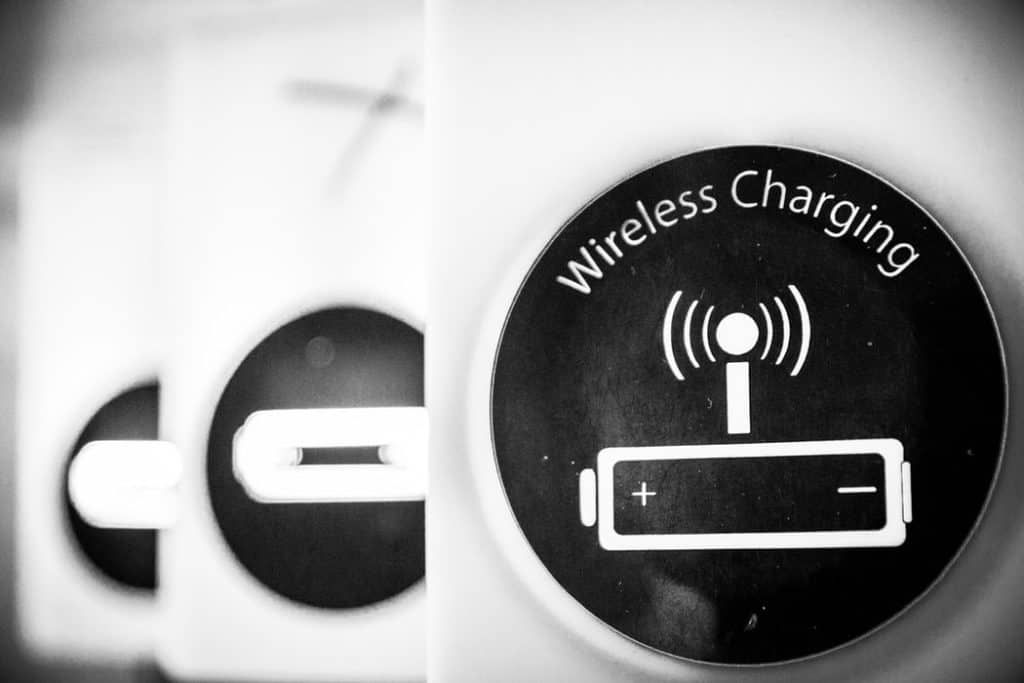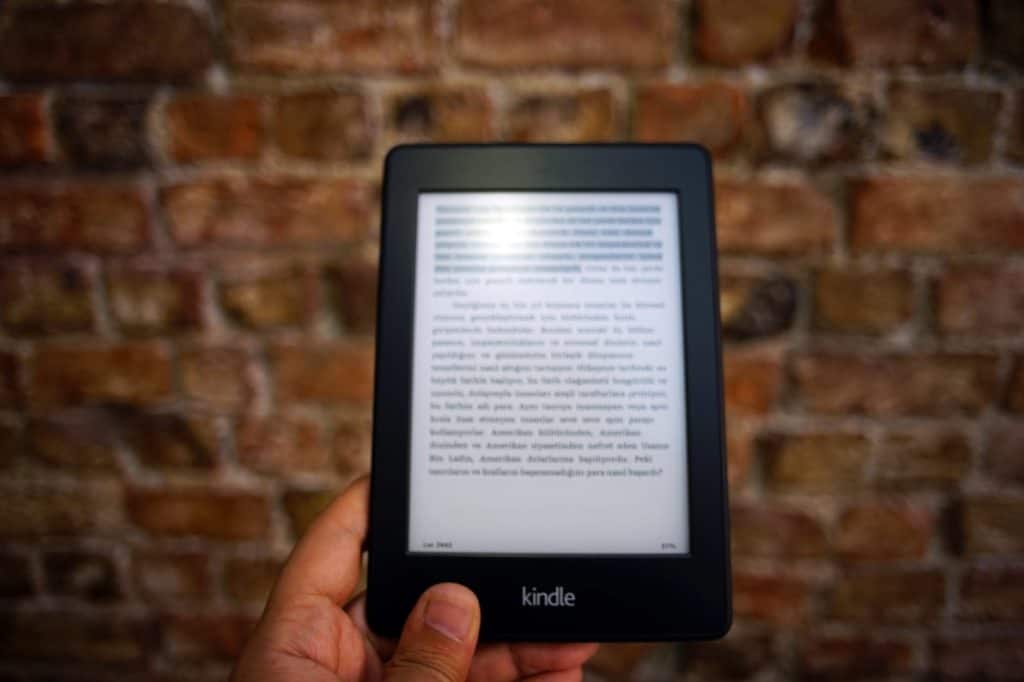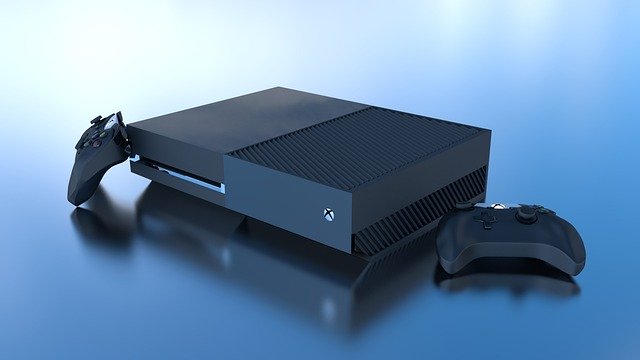
The quick answer is:
Wireless chargers do emit EMF radiation, but electromagnetic (EMF) emission levels of wireless charging are thought of being low to have adverse health effects.
We are quickly moving towards a future where everything is wireless. Over the years, we’ve achieved some notable progress such as beaming internet wirelessly, cell phone connectivity, Bluetooth networking and more.
Now, transferring energy wirelessly is the next frontier of human technological innovation.
Intel estimates that by 2040, all electronic devices will be capable of wireless charging.
We’ve already achieved some notoriety in that technical advancement – we are now capable of charging our phones and tablets by simply placing them on small pads that transfer charge wirelessly.
However, the future beholds capabilities that would enable us to charge multiple devices over the air wirelessly, regardless of their position.
We have already been testing some prototypes that allow the transfer of charges over small distances, however more in-depth research needs to be done to adopt it as standard practice.
Like every technological innovation that has come before this, this too begs the question, how harmful is it for us?
In this article, we do a deep dive into the nitty-gritty of wireless charging, the potential hazards and how we can protect ourselves from the onslaught of dangerous radiation that may be emitted from these charging devices.
But first I want to share my personal favorite EMF detection and protection products.
- DefenderShield EMF Radiation Protection Blanket – Ultimate protection from wireless radiation. The only EMF radiation protection blanket with multiple layers of shielding to block up to 100% of wireless (RF) radiation from cell phones, tablets, laptops, WiFi routers, and other electronic devices, and ambient emissions in the environment. Available on here.
- DefenderPad Laptop EMF Radiation Protection & Heat Shield. The DefenderPad is the ONLY laptop pad that uses multiple layers of shielding to block up to 100% of laptop EMF radiation (RF & ELF) while also greatly reducing heat! Get the latest price here.
Internet of Things (IoT).
The 2018 Consumer Electronics Show (CES) in Las Vegas included numerous new items that are constituted of what’s known as the ‘Internet of Things’.
Each of these speaks to another wellspring of EMF radiation in the home.
Be that as it may, none are more worrisome than wireless charging—the capacity to charge your gadgets without wires.
Be that as it may, what are the wellbeing dangers of wireless charging?
Intel (which had a tremendous presence at the gathering) was perhaps the biggest firm to exhibit its wireless charging platform.
Intel is a member of the Association for Wireless Power (whose members likewise incorporate Qualcomm, Samsung, Sharp, Sandisk, and numerous different firms) which is advancing a particular convention for wireless charging, in light of Rezence innovation, which has posted their specification.
To start with, you need a tabletop with an inducer implanted on the surface. Since the inducer is underneath the surface, so you don’t really observe the charging gadget (which should be connected to an electrical plug).
The tabletop can be made of any non-conductive surface, however, the entirety of Intel’s demos included tables made with DuPont Corian (obviously DuPont and Intel have an advertising partnership to advance this innovation once it is made accessible to people in general).
At that point, as long as you have a gadget with a Rezence-powered case, just put your gadget on top of the table surface that has the inducer, and—voila!— your gadget is charging.
When I asked a delegate from Intel what the EMF emanations from a Rezence tabletop were, he clarified that he didn’t have the data, however, that I could find that data in the tech spec posted on the web (I couldn’t find any information on EMF emissions).
He at that point included that “these are simply magnetic fields—they’re not going to make you sterile” (tragically, there’s a considerable amount of science proving otherwise)— that is not unusual since many in the wireless business don’t know about (and don’t wish to be made mindful of) the inexorably enormous assemblage of science exhibiting health dangers from their innovation.
While the FCC is entrusted with controlling all gadgets that transmit wireless radiation, their essential concern is to forestall obstruction with other radio signs, (for example, cell systems and communicate transmissions)— the FCC is to a great extent indifferent with looking after human wellbeing.
In any case, I trust it is imperative that Intel was exhibiting innovation they are not yet legitimately permitted to sell in light of its EMF discharges.
How does wireless charging work?

Do Wireless Chargers Emit EMF Radiation. I have spent many hours of research to give you the best answer in this article.
When you first hear about wireless charging, it may really sound like there is some intricate and trend-setting innovation behind it.
Be that as it may, the thought for it came to fruition more than 100 years prior. In 1899 Nikola Tesla estimated and started testing, the possibility that power could be transmitted without wires.
Anyway, how does wireless charging work precisely?
All things considered, it works through the idea of electromagnetic induction between two gadgets.
Basically, one gadget (a charging station in this instance) has a “transmitter coil” and another gadget a “receiver coil.”
In this way, when you place your cell phone (that has a receiver coil built-in) inside the magnetic field created by a charging station, it blocks the electric flow and uses it to charge the lithium-ion battery inside your phone.
Presently, all current “wireless chargers” are just fit for transmitting this magnetic field over an incredibly, short-range.
This implies you have to put your telephone directly on the mat of the wireless charger so as to charge your gadget.
This has a few positives and a few negatives.
The positive is that the EMF radiation produced from wireless chargers drops off amazingly rapidly with separation.
We’ll speak in-depth about the radiation discharged from wireless chargers later in the article, however, this is critical to mention at this moment.
The adverse effect is that it makes wireless chargers genuinely badly arranged for some individuals.
While its true you can save precious microseconds not fumbling around with the charging wire, you are essentially giving up on your ability to use the phone while it’s charging.
A great many people simply plug their phone into a socket and can keep on looking through apps or accept a call while it’s charging.
In any case, since wireless chargers require the gadgets to be for all intents and purposes contacting, proceeding to utilize your telephone isn’t just unimaginable, it’s likewise possibly perilous.
The potential risk clearly originating from a lot of EMF radiation produced from the charger while being used (regardless of whether it’s over a short distance).
Okay, since we’ve discussed how wireless chargers work, and a portion of the positives and negatives of the innovation, how about we talk more about the potential health dangers from the EMF radiation discharged by wireless chargers.
Are wireless charger radiations dangerous?
So first, just to explain on the off chance that it wasn’t clear now, wireless chargers do discharge EMF radiation.
Truth be told, it would be for all intents and purposes incomprehensible for them not to in their present structure.
EMF radiation is really broken up into three distinct sorts: magnetic field, electric field, and radiofrequency.
Radio frequency radiation or RF is the thing that you regularly find out about with regards to the peril of EMF radiation since it is what is basically transmitted from things like mobile phones, WiFi, cell towers, Bluetooth, and the coming 5G systems.
In this way, despite the fact that your phone transmits each of the three kinds of radiation, the riskiest sort (and sum) is radiofrequency radiation.
Be that as it may, with a wireless charging device, the main kind of EMF it emanates is really magnetic field radiation.
Along these lines, on the off chance that you have an EMF meter and were hoping to quantify how a lot of radiation was being transmitted from your charging station, you would set it to the magnetic field setting on the off chance that you needed to get a perusing.
Along these lines, since we’ve discovered that wireless charging devices do produce EMF’s, the question is whether the measure of, and manner by which they transmit, EMF radiation, is risky.
Wireless charging standards.
I don’t actually have wireless chargers in my home, however, I had the option to head down to a friend’s house to get a few estimations myself.
Wireless chargers are most notably powered by either Qi or Rezencetechnology which we will look at in a minute.
For now, I will simply say that the charging device I used had Qi technology, which is basic in cell phone chargers explicitly used for Apple iPhones.
Qi is basically only an open-source interface technique for wireless charging between a charging gadget and a receiving gadget.
There are quite a few technological innovations available in wireless tech, however, we are going to focus essentially on Qi, and another innovation called Rezence.
Qi vs Rezence.
In 2009, Qi presented its wireless low power detail backed by the Wireless Power Consortium (WPC). WPC is a gathering of more than 200 innovation organizations, advanced mobile phone producers, and semiconductor manufacturers.
The tech is dependent on solid inductive coupling, giving 5W of intensity between little separations of around 5mm. The Qi spec additionally incorporates a dedicated communication protocol permitting gadgets to indicate the specific measure of intensity they need.
Ideal for smaller gadgets, for example, phones, mp3 players, and Bluetooth speakers, the Qi standard has been received by different OEMs including Samsung and Nokia for the Galaxy and Lumia cell phones.
Since it’s introduction there have been more than 800 Qi authorized items available in the market. Going ahead, Qi keeps on being an alluring answer for medium and high power gadgets from 15W up to 1kW.
Rezence approaches wireless charging through magnetic resonance tech, giving up to 50W of intensity.
Backed by the Alliance for Wireless Power (AW4P), which converged with the Power Matters Alliance (PMA) in June 2015, Rezence is supported by more than 250 organizations and is emphatically pushed by semiconductor manufacturing giant Intel.
The fundamental distinction between the two wireless charging approaches come from their inductor coil design.
Rezence uses loosely coupled magnetic resonance, which gives more leeway to the charging gadget in terms of position.
For instance, a gadget can at present be completely charged regardless of whether there is a book between the gadget and the charging mat.
This additional portability comes at the expense of diminished charging productivity, about 45% versus 65% for Qi. Moreover, Rezence requires the gadget to have Bluetooth support so as to notify its power needs.
Albeit the present Qi gadgets are generally firmly coupled, the Qi standard gives adaptability to help both resonant and inductive technologies, while Rezence remains strictly resonant and loosely coupled.
Wireless charging in cars.
Presently I need to take a second and discuss wireless chargers in automobiles.
I’ve spoken in detail about the impacts of EMF radiation within the metal body of a vehicle in other posts that you can read here. Consider a Tesla with its colossal battery and trend-setting innovation.
The issue with EMF radiation inside a vehicle is two-fold:
Like we discussed above, distance is your closest companions with regards to shielding yourself from EMF radiation.
Inside a vehicle, you don’t have the advantage of getting a lot of distance from the console, the mobile phones in the vehicle, televisions on the rear of the seats, and so forth.
The metal body of a vehicle tends to bob around EMF radiation, intensifying its influences.
Along these lines, when we consider wireless chargers in a vehicle, we don’t have the advantage of getting a lot of distance from the magnetic field that is produced.
Contingent upon what charging standard they are utilizing (Qi, Rezence, or something else) this could really imply that you are presented to a decent lot of EMF radiation at short proximity.
I would not want to scare you, as almost certainly, most of these wireless chargers are working when a phone is charging on the mat.
Moreover, huge numbers of the most likely just radiate magnetic fields over an exceptionally short distance before it tumbles off, so it may not be a gigantic concern just yet.
Be that as it may, with more up to date and “better” tech coming out constantly, this could rapidly change.
Protecting against EMF radiation from wireless chargers.
The first step in protecting yourself would obviously be to chuck your wireless charger in the bin and use a regular wired one instead.
Wireless chargers at present do not have many advantages over their wired counterparts (apart from looking cool) and do not warrant spending a boatload of money to acquire one.
If you’re looking to upgrade to a wireless charger, don’t. It’s not much of an upgrade and it’s more of a hassle in terms of its elongated charging time and inability to make the phone use while charging.
Just use a regular wired charger that supports fast charging and you’d be golden.
If you must use a wireless charger, the best advice would be to increase the distance between you and the charging device.
Make sure there are at least 10 feet of distance, although ideally, you’d be better off charging your phone in a different room from where you are.
That way, you are in the best position to counter any ill effects that may foster as a result of radiation from your wireless chargers.
Related questions.
Are wireless chargers dangerous in terms of EMF radiation?
Presently wireless chargers pose no real challenges to our wellbeing.
Due to its structure and make, it emits only magnetic radiation that dissipates with an increase in distance.
Therefore, if you are a good couple of feet away, you do not have to worry about EMF radiation harming you from the wireless charging devices at your home.


